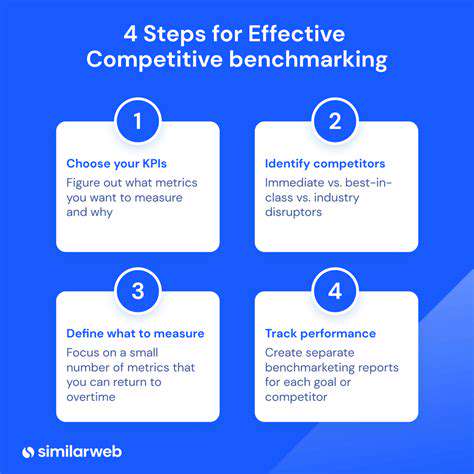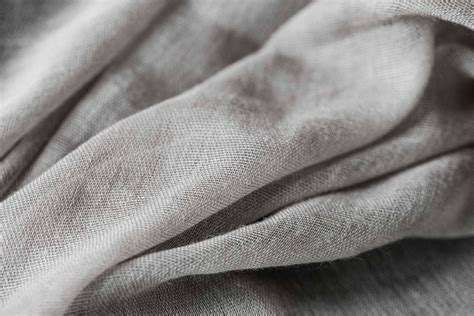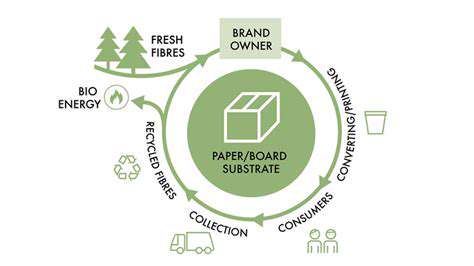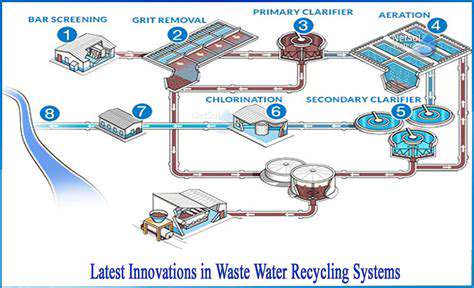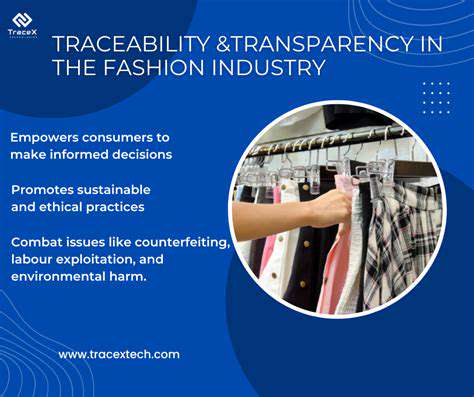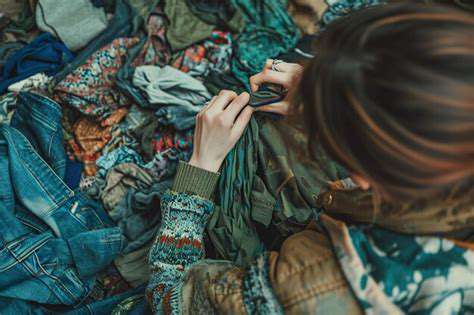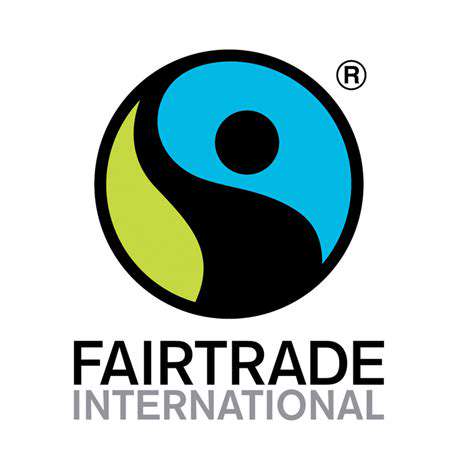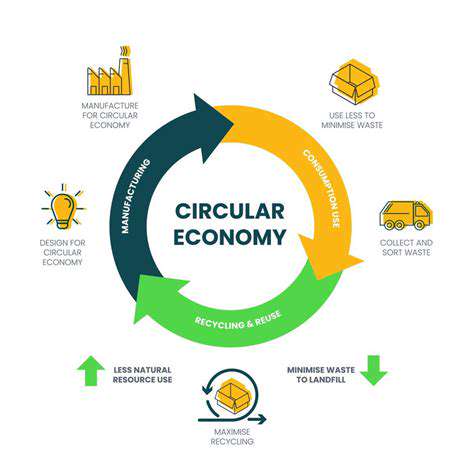Building a Circular Wardrobe: Practical Steps for Everyone
Repair, Repurpose, and Renew: Extending the Life of Your Clothes
Embracing Clothing Repairs: Techniques and Tips
Mending clothing is one of the most practical ways to keep your wardrobe functional while cutting down on textile waste. Simple techniques like sewing buttons back on, patching small holes, or reinforcing weak seams require minimal skill but yield significant results. Investing in good-quality needles, threads, and patches ensures your repairs last longer and blend seamlessly with the original fabric. Many local community centers even offer free workshops for those wanting to learn these valuable skills.
When dealing with more severe damage—such as large tears or threadbare areas—consider using iron-on patches or decorative embroidery to breathe new life into garments. YouTube channels like Mend It Better provide excellent visual guides for beginners. This practice not only saves you money but also creates a deeper emotional connection to your clothing, making you less likely to discard items hastily.
Creative Ways to Repurpose Old Clothes
Transforming outdated or damaged clothing into new, useful items is both eco-friendly and rewarding. That faded band T-shirt? It can become a set of reusable produce bags. Those jeans with ripped knees? Convert them into a denim apron or quilt squares. The key is seeing potential where others see waste—a mindset shift that reduces landfill contributions while sparking creativity.
Repurposing extends beyond wearables. Old sweaters make excellent laptop sleeves when lined with fleece, while patterned blouses can be framed as textile art. I once turned a stained silk blouse into elegant hair scrunchies—a perfect example of how limitations breed innovation. Local upcycling Facebook groups often share brilliant ideas worth trying.
Renewal Strategies: Cleaning, Restyling, and Maintaining Clothing
Proper garment care is the unsung hero of sustainable fashion. Washing clothes inside out in cold water, air-drying delicate items, and using wool dryer balls instead of sheets dramatically extends fabric life. For stubborn odors, a white vinegar soak works wonders without harsh chemicals. The Savvy Seamstress blog details how minor adjustments—like replacing plastic buttons with vintage brass ones—can completely revive a piece.
Seasonal wardrobe audits help identify items needing attention before damage becomes irreversible. When my favorite blazer's lining tore, a local tailor reinforced it with scrap fabric for $15—far cheaper than replacement. Resources like Fair Trade Certified's care guide offer professional tips. Remember: well-maintained clothes tell a story of cherished use, not disposable fashion.
Adopting Conscious Consumption Habits: Moving Forward
Understanding the Impact of Fast Fashion on the Environment
The dark side of cheap, trendy clothing reveals itself in polluted rivers and mountains of synthetic waste. A single polyester shirt sheds thousands of microplastics per wash, entering our water systems permanently. The 2023 UNEP report shows textile production now accounts for 10% of global carbon emissions—more than aviation and shipping combined. Articles on regenerative cotton farming demonstrate viable alternatives gaining traction.
Changing this starts with transparency. Apps like Good On You rate brands on labor practices and eco-impact. My personal rule? For every new item purchased, two must be donated or repurposed. This 1-in-2-out system naturally curbs impulse buys while supporting circularity.
Strategies for Incorporating Sustainable Practices into Daily Life
Start with the 30 Wears Test: before buying, ask if you'll use the item at least 30 times. Quality over quantity becomes obvious when a $200 coat lasts a decade versus five $40 jackets needing annual replacement. Secondhand shopping platforms like ThredUp make premium brands accessible while keeping clothes in circulation. I've found unworn designer pieces with original tags for 80% off retail.
Fabric knowledge is power. Tencel (made from sustainable wood pulp) uses 80% less water than conventional cotton. Brands like Patagonia and Eileen Fisher now offer take-back programs, recycling old garments into new yarns. Even small acts matter—switching to a Guppyfriend washing bag captures microfibers effectively.
Building a Circular Wardrobe for a Sustainable Future
A truly circular wardrobe functions like a library: items are borrowed (rentals), shared (swaps), repaired, and eventually returned to the system (recycling). The 5 Rs framework—Reduce, Repair, Reuse, Rot (compost natural fibers), Recycle—guides my decisions. Services like Rent the Runway prove formalwear needn't be purchased for one-time use. My local Clothing Exchange group meets monthly, where that barely-worn cocktail dress finds a new admirer.
Forward-thinking brands are pioneering change. Dutch company MUD Jeans leases organic cotton denim, while PANGAIA's compostable sneakers integrate algae-based foam. By supporting these innovators and participating in clothing donation programs like those at H&M (despite their fast fashion roots), we collectively shift industry standards toward regeneration.
